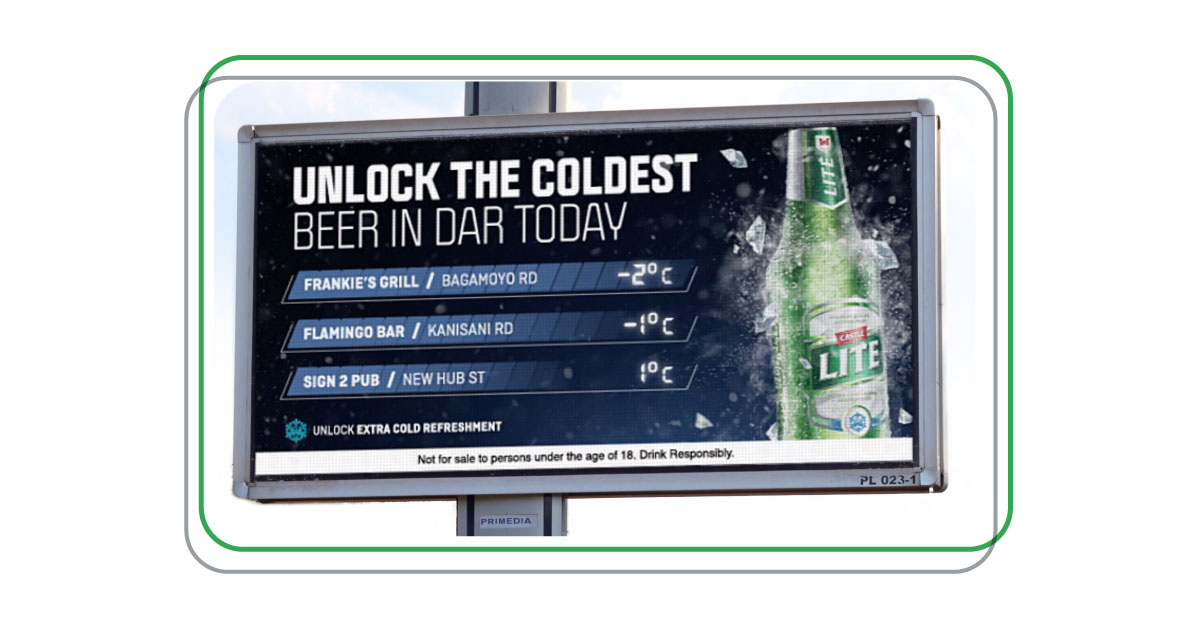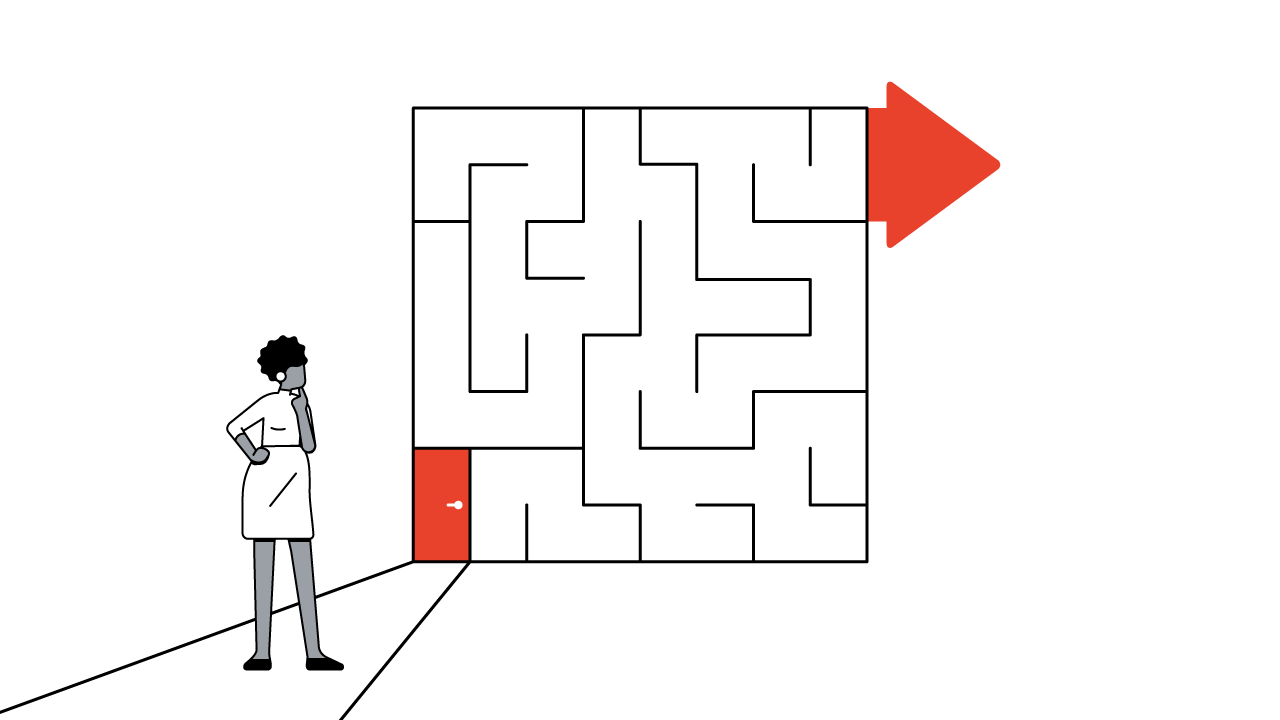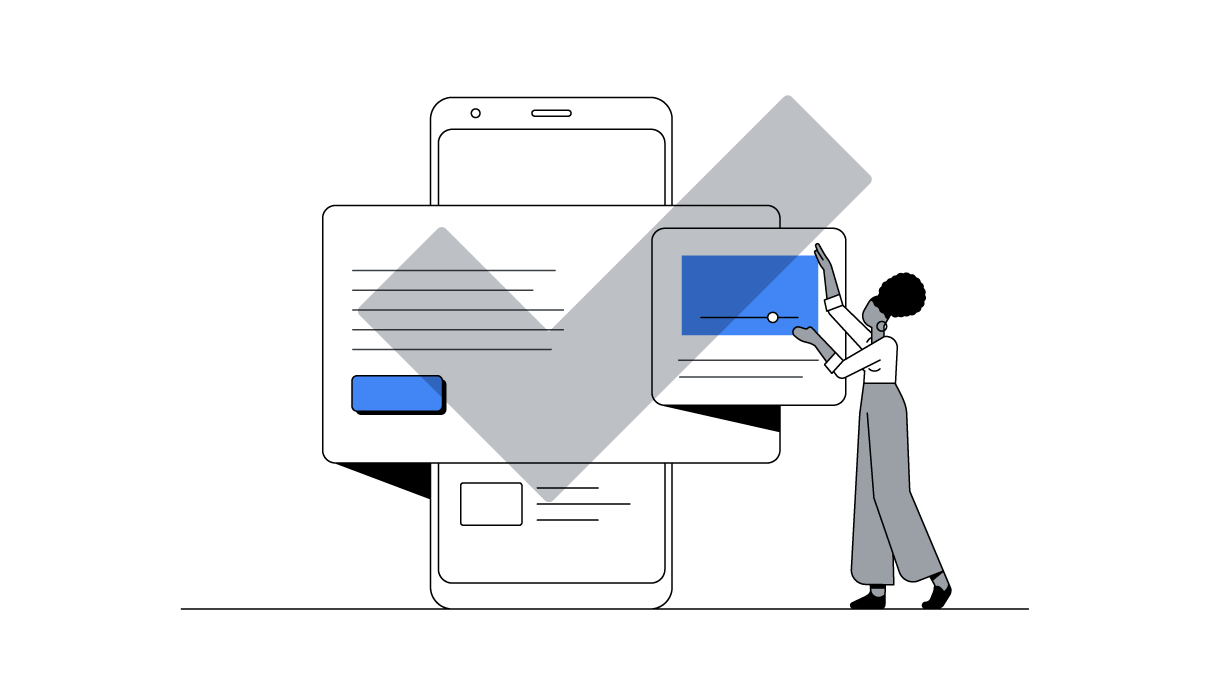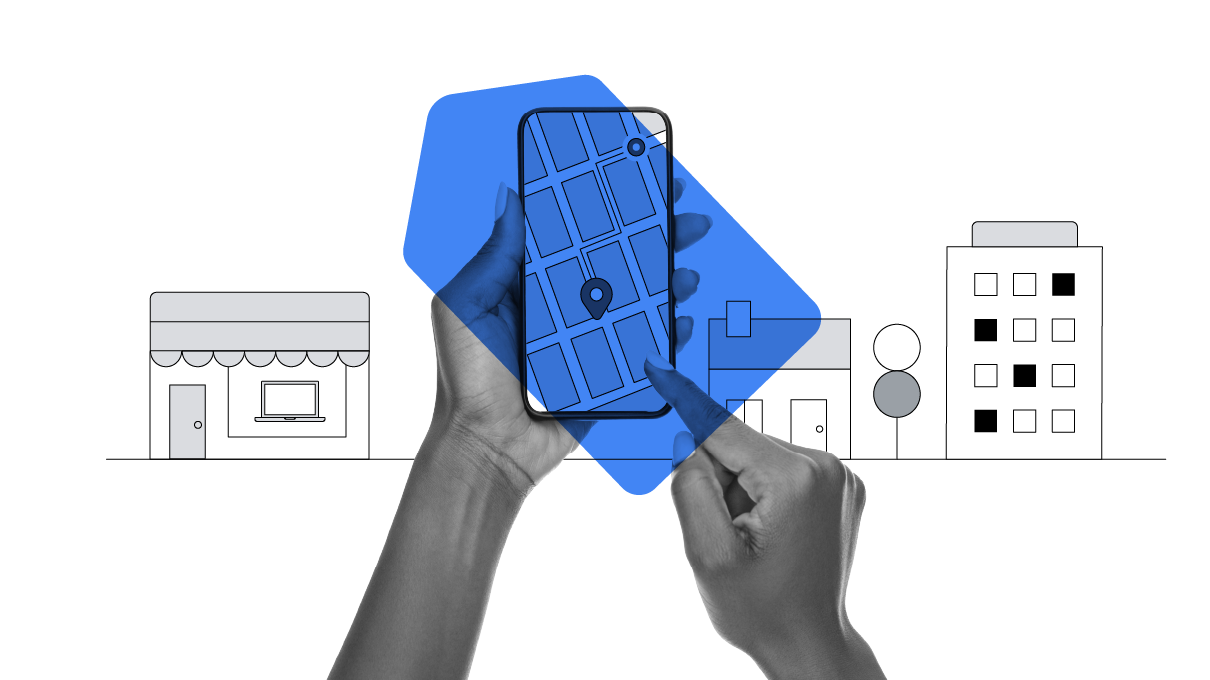Nic Kostouros is the integrated creative director of South African agency Promise, which uses insights and data to drive their creative work for major brands. He shares how his team drew inspiration from simple marketing tactics to solve a socioeconomic problem for Castle Lite in Tanzania.

In a hot climate like Tanzania, it’s a no brainer that beer drinkers want their beverages cold. But when it emerged that tavern owners in the informal market were turning off their fridges to save on running costs, Castle Lite, a beer that has staked its reputation on being “extra cold”, faced a complex problem. How could the brand help these businesses survive in tough economic times, while also protecting its unique selling point?
We were briefed to find the solution. In Tanzania, 49% of the population live below the extreme poverty line and it’s estimated that it costs around 7% of per capita gross domestic product (GDP) to run a household fridge for a year — so we knew small business owners were under pressure. Simply asking them to turn their fridges on was not an option, and neither was warm beer.
We saw how resourceful and innovative tavern owners can be with their marketing. This inspired us to find a similarly creative solution to help their businesses
After first mulling over traditional communication campaign ideas, we realised that we needed to create something that would appeal to tavern owners. Something to show them that the cost of keeping their fridges running was a worthy investment for their business. And we coupled this with a consumer-facing element.
Insight comes through understanding
The problem was complex, but inspiration struck during a visit to Tanzania. The team witnessed how taverns, situated in small “nucleuses” within close proximity to each other, used simple marketing strategies to set themselves apart.
We saw how resourceful and innovative tavern owners can be with their marketing. One may have invested money in a good sound system, while the person next door bought comfortable seating to draw in the crowds. This inspired us to find a similarly creative solution to help their businesses.
The answer to an issue affecting people’s livelihoods would require making those people part of the solution. In this case, we had to incentivise tavern owners to turn their fridges back on.
Lateral thinking has allowed Castle Lite to thrive in markets like Tanzania and played a foundational part in bringing the brand back to growth
We came up with Cold Tracker, a solution that would simultaneously drive an increase in tavern sales and revenues, and give customers the cold beer they wanted. Cold Tracker is a 3G-enabled device that is inserted into tavern fridges. Once installed, it uploads temperature and location data to the cloud in real time, giving our team an indication of where the coldest beer can be found at any given time.
The data was used to group the 212 bars and taverns that opted to participate in the campaign according to area and rank. The consumer-facing part of the campaign rewarded the top three taverns in each area with geo-targeted, real-time advertising on local digital billboards. And the top five featured in adverts across social media and in local press, driving customers to the coldest beers in their area that day.
“Cold beer in Africa is always a challenge, frustrating our consumer and crippling the brand’s core reason-to-believe,” says Franscoe Bouwer, AB InBev (Castle Lite’s parent company) marketing manager. “Instead of smashing into the same wall of solving electricity prices, Cold Tracker allowed us to focus on consumer demand. Lateral thinking like this has allowed Castle Lite to thrive in markets like Tanzania and played a foundational part in bringing the brand back to growth.”
We had to be honest in defining what we hoped to achieve with this campaign and what success would look like. We knew fitting cold trackers meant that other brands stocked in those fridges would become colder too, so our focus was more on growing the category than the brand. However, what gave us the edge was Castle Lite’s unique “cold” selling point and its related branded consumer-facing work, like real-time leaderboards and digital ads.
Collaboration for good
Brands do not exist in isolation and we wanted this campaign to be a collaboration that benefited others in the ecosystem Castle Lite operates in.
While this was a Castle Lite campaign, the focus was really on helping the people who are working to build relationships with customers and driving sales for the brand
Informal traders are among the biggest contributors to AB InBev's sales volumes in Africa and an essential outlet for the business. Communicating with them to understand the issues they were facing, getting them on board with our idea, and showing them the value of participating in the campaign was key.
And the campaign helped both the brand and the tavern owners. We saw a 26% increase in sales of Castle Lite. While for participating tavern owners this translated into an average 41% return on investment against cold fridge running costs.
This was important to us because while this was a Castle Lite campaign, the focus was really on helping the people who are working to build relationships with customers and driving sales for the brand.
Creative problem-solving
Sometimes, agencies tend to downplay the influence we have through a creative approach to a challenge. It can also feel like our primary aim is to drive sales, but this campaign showed us that we can also play a role in helping communities by coming up with a creative idea that solves a real business concern.
At its core, creativity is about finding ways to connect things that may not seem to be related and a willingness to take lessons from anywhere. For us, it was about looking at some Tanzanian couches and sound systems, and drawing a line between those things and cold beer, which ultimately solved a real problem and benefited everyone involved.






